Home renovation is often an exciting opportunity to customize your space, but it’s not always as straightforward as choosing your favorite tile or knocking down a wall. In fact, several popular remodeling choices are banned or restricted in certain U.S. states due to environmental, safety, or zoning concerns. From eco-unfriendly materials to historically protected facades, laws can vary widely by location. Before you invest time and money in a dream upgrade, it’s essential to know what’s actually allowed where you live.
1. Installing Certain Types of Wood-Burning Fireplaces
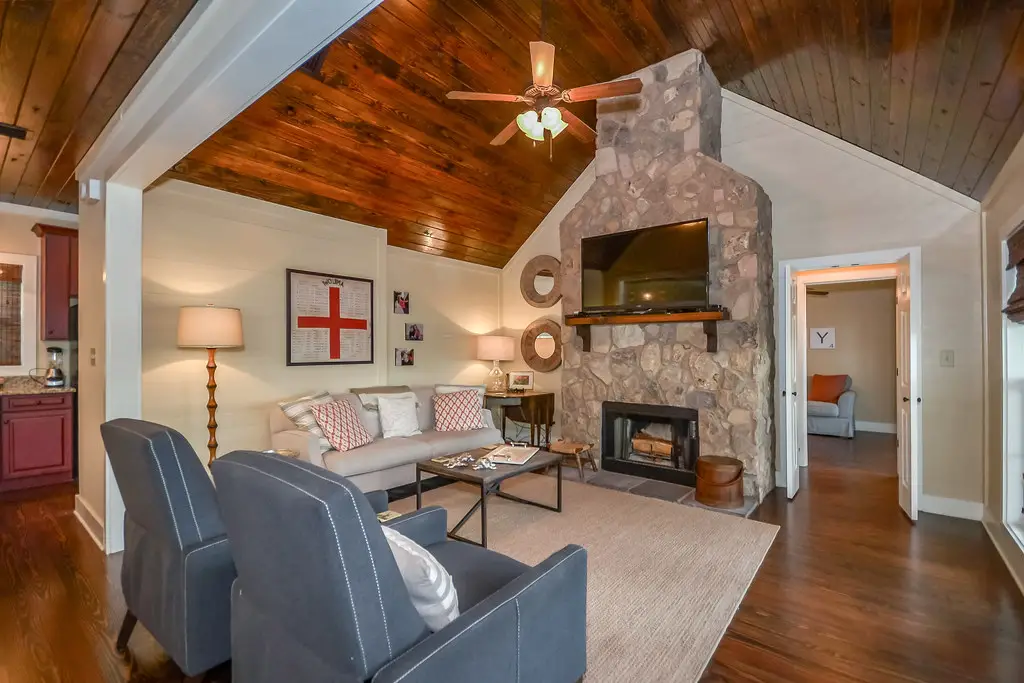
In some states, installing a traditional wood-burning fireplace is no longer permitted in newly constructed homes. This is primarily due to concerns about air pollution and public health, especially in regions with already poor air quality. California’s Bay Area, for instance, has banned the installation of wood-burning fireplaces in all new buildings. The Bay Area Air Quality Management District enforces this regulation to reduce harmful emissions.
Other states like Washington and Oregon have implemented similar restrictions, particularly in urban and high-density areas. These laws are aimed at limiting fine particulate matter that contributes to smog and respiratory issues. Homeowners in affected areas are encouraged to explore gas, electric, or EPA-certified alternatives. While these don’t offer the same rustic charm, they are cleaner, safer, and compliant with current laws.
2. Removing Load-Bearing Walls Without a Permit
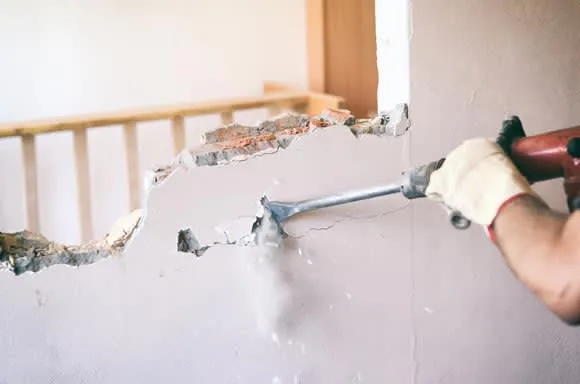
Altering the structure of your home by removing a load-bearing wall without proper approval is illegal in many states. These walls are critical to a home’s integrity, and tampering with them without guidance could lead to serious safety hazards. In New York, homeowners must obtain a permit and possibly submit engineer-stamped drawings before making structural changes. The New York City Department of Buildings outlines these requirements clearly to prevent accidents and code violations.
Ignoring these rules can result in stop-work orders, fines, or even mandatory reconstruction. Some municipalities require an on-site inspection during and after the wall removal to ensure safety. Structural work is often more complex than it appears, which is why professional consultation is essential. Always check your local building code before starting any demolition.
3. Using Lead-Based Paint
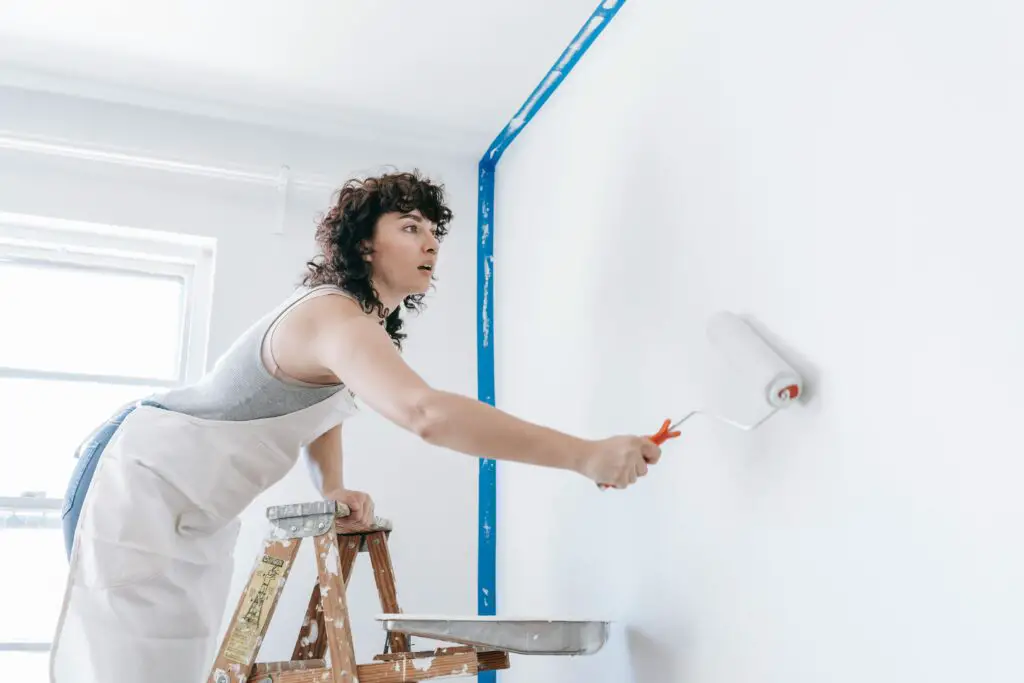
Though banned nationally for residential use in 1978, lead-based paint is still a renovation risk, especially in older homes. Some states like Massachusetts enforce stricter rules about disturbing existing lead paint during remodeling. The Massachusetts Department of Public Health requires specific training and licensing for contractors working in pre-1978 homes. This is to prevent lead exposure, which is particularly harmful to children and pregnant individuals.
DIY renovators in these states could face fines or mandatory remediation if they violate these lead-safe rules. Even small projects like sanding or repainting can release dangerous dust if not handled properly. Certified lead abatement professionals must follow specific containment and cleanup protocols. Homeowners should always test for lead before starting any cosmetic or structural changes.
4. Installing Certain Types of Roofing Materials
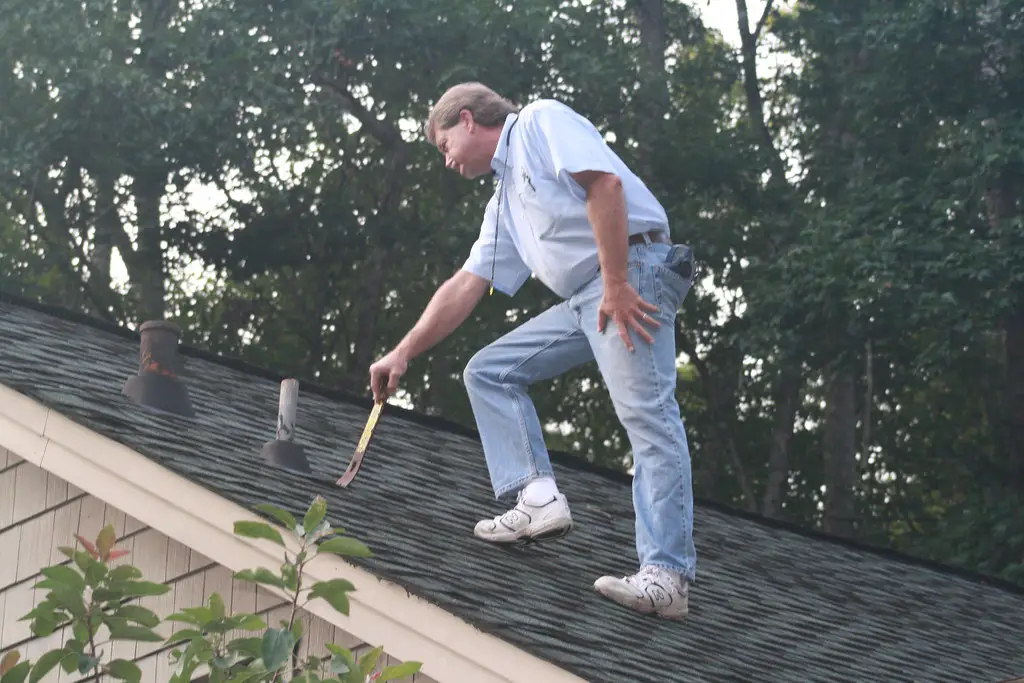
Some states restrict specific roofing materials due to wildfire risks or environmental concerns. For example, California has banned wooden shake shingles in many high-risk fire zones. The California Department of Forestry and Fire Protection (CAL FIRE) maintains a list of approved fire-resistant roofing materials for compliance. These materials help reduce the spread of wildfires, which have become increasingly frequent and destructive in the state.
Insurance companies in fire-prone areas may even refuse coverage for homes with non-compliant roofs. Other regions, such as parts of Colorado and Arizona, have adopted similar guidelines. Homeowners are encouraged to install Class A fire-rated roofing materials, such as metal or asphalt-composite shingles. Choosing the right roof isn’t just about style—it’s about safety and legality.
5. Converting a Garage into Living Space
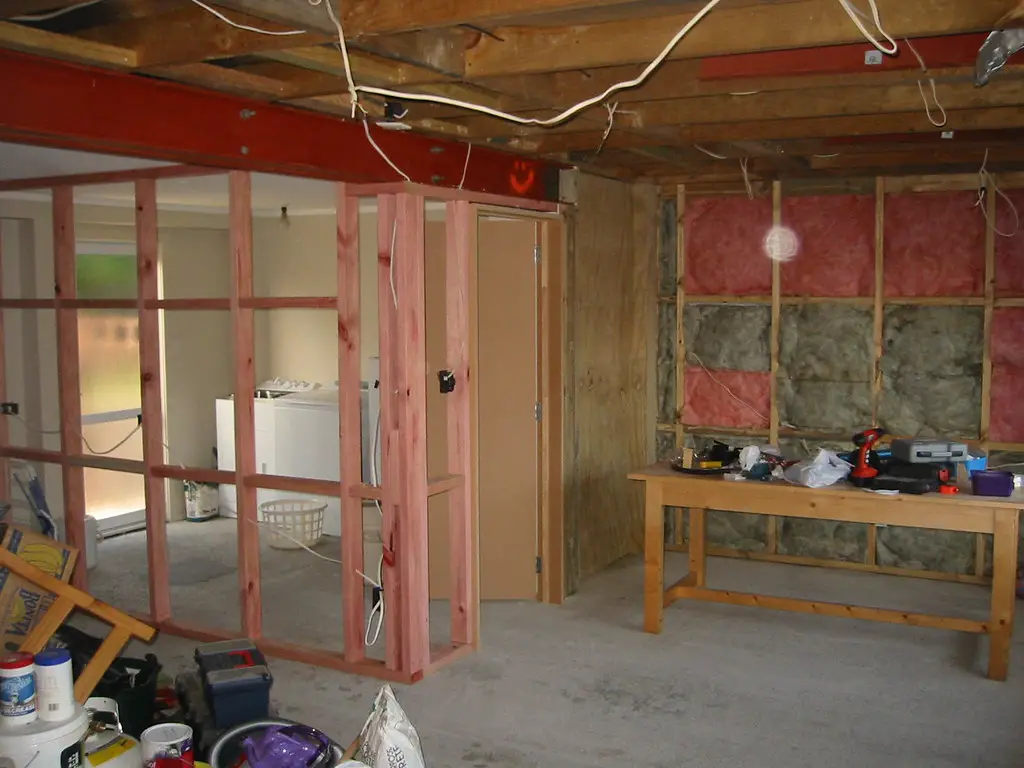
Turning a garage into a bedroom or extra living area may seem like a smart way to gain square footage, but some states and cities prohibit it outright. These restrictions often stem from zoning laws or neighborhood regulations that require homes to maintain a minimum number of parking spaces. In some suburban areas, converting your garage without approval can result in hefty fines or forced restoration. These rules are designed to preserve neighborhood aesthetics and manage traffic congestion.
Even in places where garage conversions are legal, the process typically involves multiple inspections and strict compliance with local codes. Homeowners may need to install additional insulation, raise flooring, or reroute electrical systems. These costs can quickly add up, making the conversion less practical than it initially seems. Always consult your city’s planning office before starting a project like this.
6. Installing Outdoor Kitchens or Built-In Grills
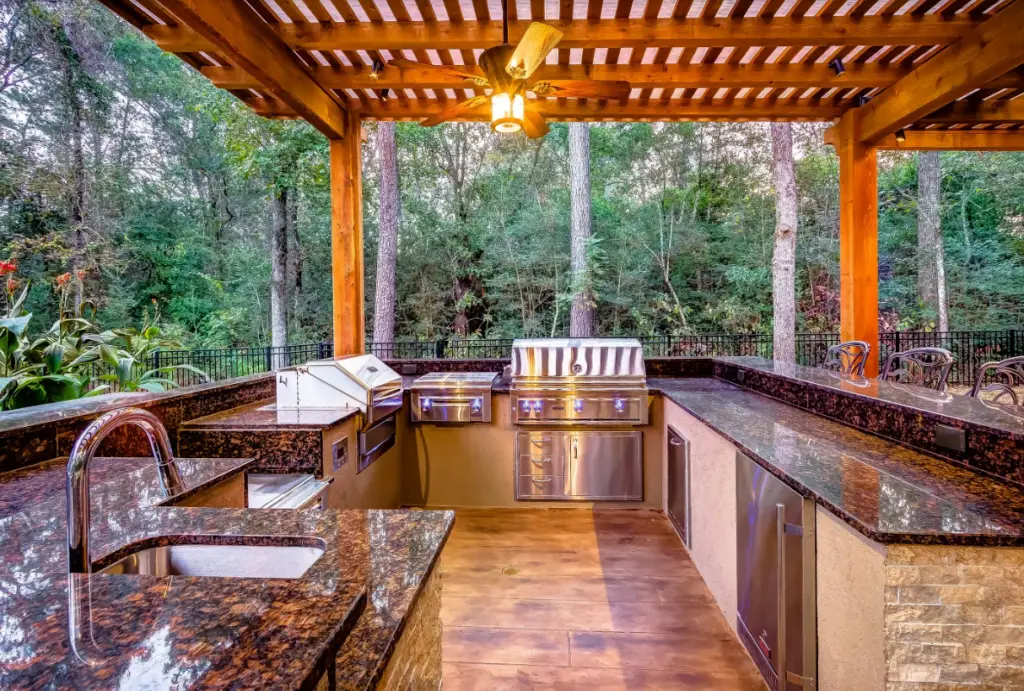
Outdoor kitchens are increasingly popular, but not every state or municipality allows them. In some cases, fire safety codes or property line regulations restrict the installation of permanent outdoor cooking areas. This is especially true in densely populated neighborhoods or places prone to wildfires. Even propane or charcoal grill placements may be subject to setback requirements.
In some gated communities or historic neighborhoods, HOA rules can also limit what type of outdoor features are permitted. Built-in grills may need to be a certain distance from fences, overhangs, or other structures. Violating these rules can lead to forced removal and loss of investment. Proper planning and design are essential for a compliant, functional setup.
7. Adding a Second Kitchen
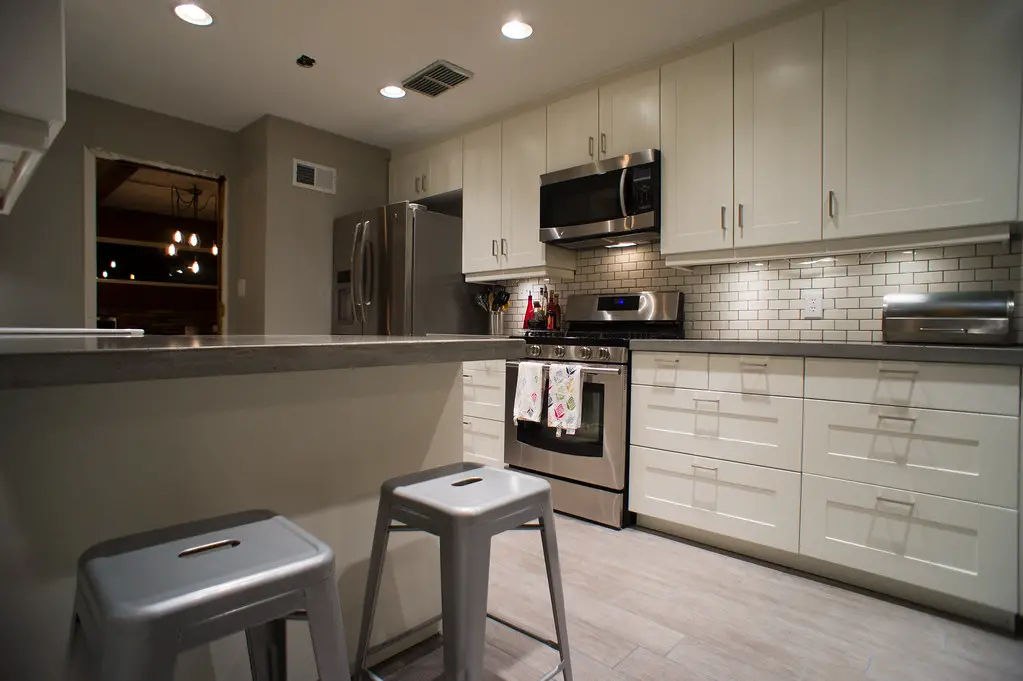
Installing a second kitchen can create flexibility for multigenerational living or rental income, but it’s not always legal. Some states or municipalities prohibit second kitchens in single-family homes due to concerns about unpermitted rentals or code violations. These rules often hinge on zoning classifications that differentiate single-family dwellings from duplexes. Without proper authorization, you may face penalties or be required to remove the extra kitchen.
Plumbing, electrical, and ventilation systems for a second kitchen must meet strict building codes. Permitting is typically required, and the process can involve multiple departments. Even if the installation is allowed, there may be limitations on the size or placement of appliances. Make sure you understand your area’s rules before taking on a project like this.
8. Using Non-Compliant Window Replacements
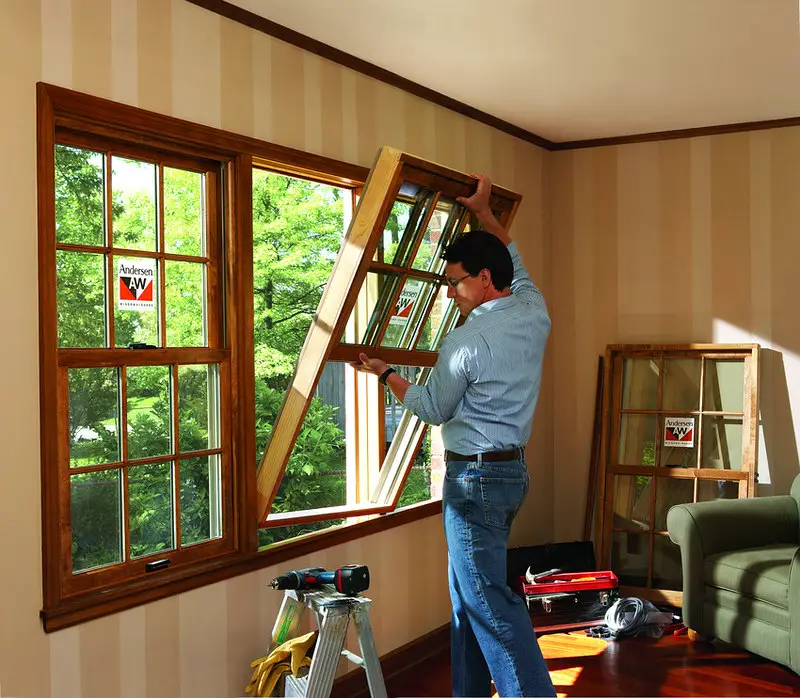
Swapping out old windows for energy-efficient ones seems like a no-brainer, but there are limits in some states and cities. In areas with historical preservation laws, window style and material must often match the home’s original design. Installing modern vinyl or aluminum frames could violate local codes and trigger costly replacement orders. In other places, specific ratings are required for insulation and solar heat gain.
Failing to meet these standards could result in your renovation not passing inspection. It may also affect your home’s resale value or ability to qualify for certain tax credits. Additionally, improper installation of windows can lead to water damage or air leaks. Professional guidance ensures you stay within code while achieving the look and performance you want.
9. Expanding Driveways Without Permission
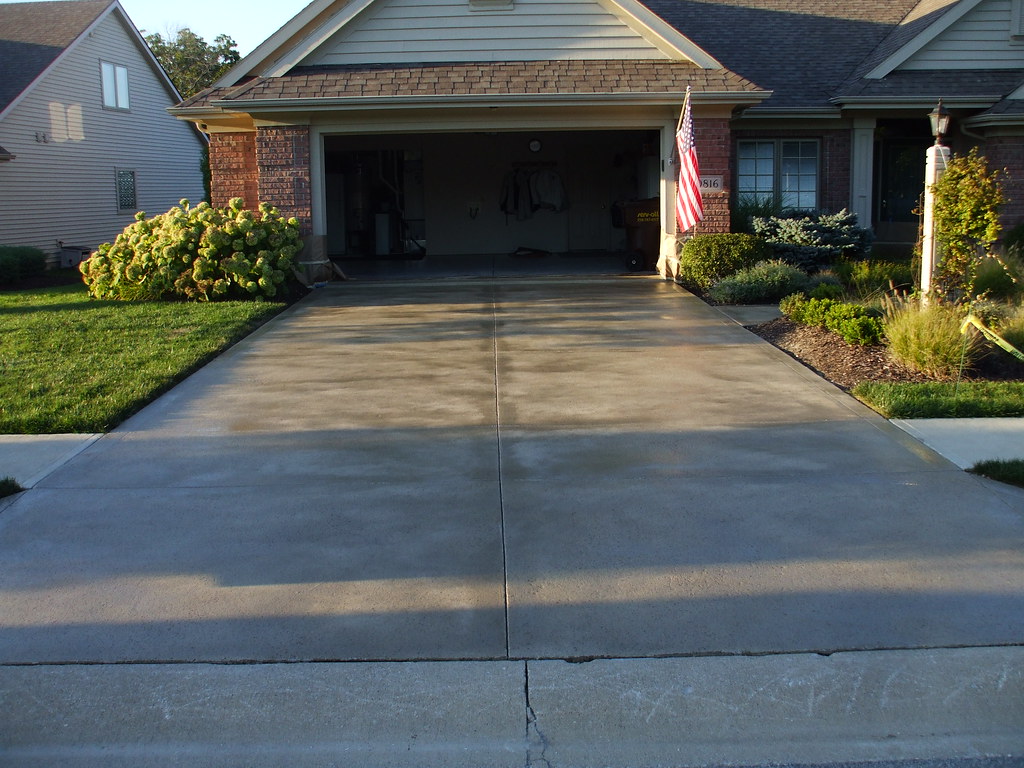
Adding a few extra feet to your driveway may seem harmless, but it’s often subject to strict local rules. States with environmental runoff concerns or water table protections may limit how much impervious surface a property can have. Exceeding that limit could result in drainage issues or contribute to neighborhood flooding. You might also need a permit to alter curb cuts or access points.
Widening a driveway can also affect utility lines, sidewalks, and tree roots. Some municipalities require an environmental impact assessment before approving these types of expansions. Ignoring the rules can lead to steep fines or forced removal of the new pavement. Always check before pouring any additional concrete or asphalt.
10. Installing Rainwater Collection Systems

While harvesting rainwater is often viewed as eco-friendly, it’s not always allowed in every state. Some places consider rainwater part of a shared water resource and regulate its collection accordingly. Restrictions might limit the size of barrels, the method of capture, or the use of the collected water. Violating these rules could result in citations or confiscation of equipment.
Even where collection is allowed, specific filtration or overflow systems may be required. Homeowners should also consider the structural impact of storing large quantities of water. Installation must be done carefully to avoid leaks or contamination. Understanding the local laws ensures your efforts to conserve water are legal and effective.
11. Installing High Fences or Privacy Walls

Erecting a tall fence for privacy may seem like a reasonable idea, but there are limits in many places. States and municipalities often cap residential fence height at six feet, especially in front or side yards. Building beyond that limit without approval can result in mandatory reduction or full removal. Additionally, fencing materials and styles may be regulated to match neighborhood aesthetics.
These rules are often enforced to maintain visibility for traffic and emergency services. Some areas even restrict “spite fences” that are built to intentionally block views or light. If you’re part of an HOA, additional restrictions may apply beyond municipal codes. It’s wise to get written approval before starting construction.
12. Building Tiny Homes in Backyards
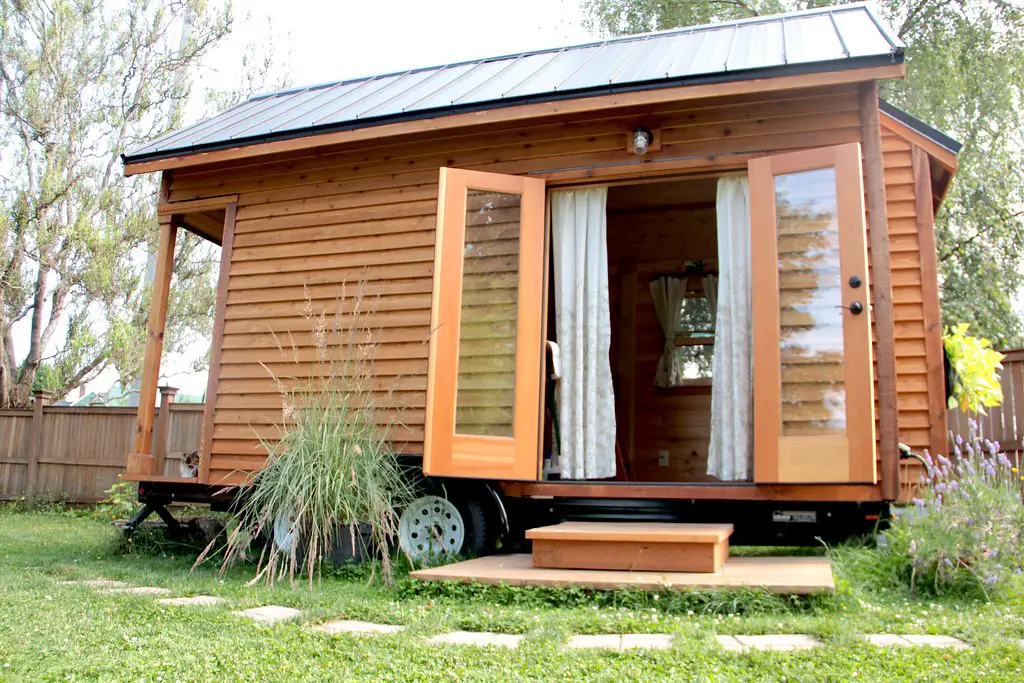
The tiny home trend is booming, but that doesn’t mean you can park one in your backyard. In many places, detached tiny homes are classified as accessory dwelling units (ADUs), which are subject to zoning laws. Some states or cities have banned backyard ADUs entirely, while others require costly permits and utility connections. Violating these rules could mean eviction notices or forced removal of the structure.
Even when allowed, there are often strict regulations on square footage, height, and distance from property lines. You may also need to provide additional parking or meet energy efficiency standards. Tiny homes that are built on wheels may face additional scrutiny under RV or mobile home laws. A dream minimalist lifestyle can quickly become a legal headache if not planned properly.
13. Installing Certain Types of Flooring

Not all flooring materials are welcome in every state, especially in multi-family housing or environmentally sensitive areas. Some places ban the use of specific vinyl or laminate products due to their chemical emissions or lack of fire resistance. In multi-story buildings, there are also rules about soundproofing to minimize noise transfer between units. Ignoring these rules can lead to complaints, legal action, or forced replacement.
Landlords and homeowners alike may be required to submit flooring samples or documentation before installation. Certain adhesives and underlayments are also restricted in specific jurisdictions. Additionally, some states have sustainability regulations that promote the use of renewable materials like bamboo or cork. Making the right flooring choice involves more than just picking a color—it means understanding the law.
